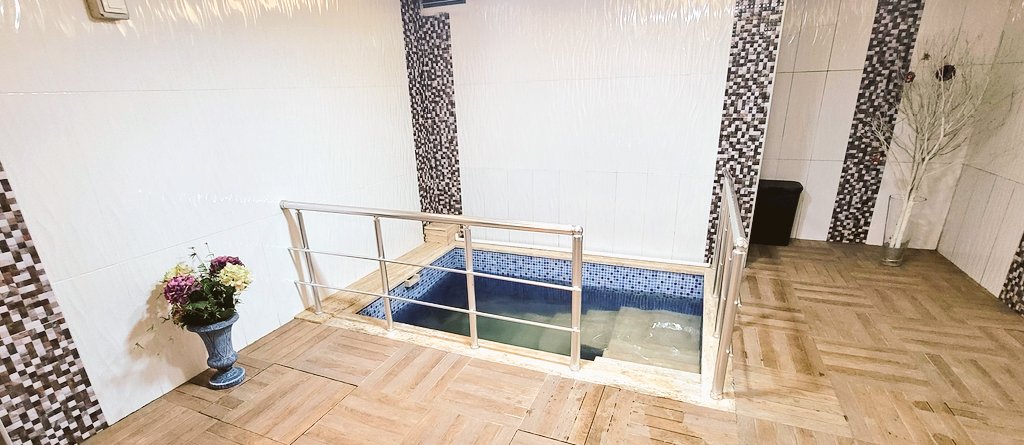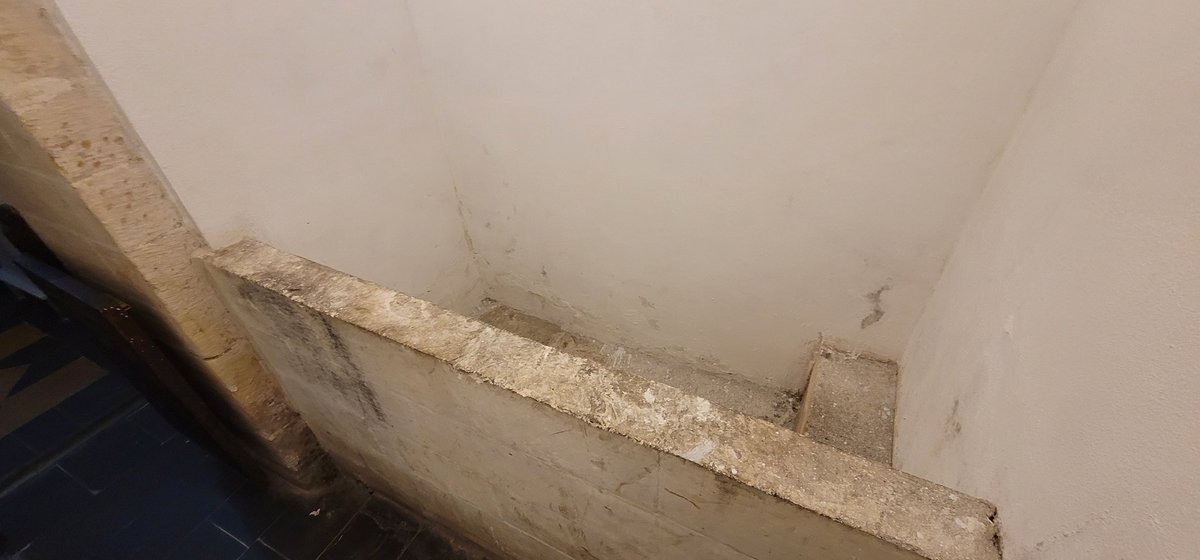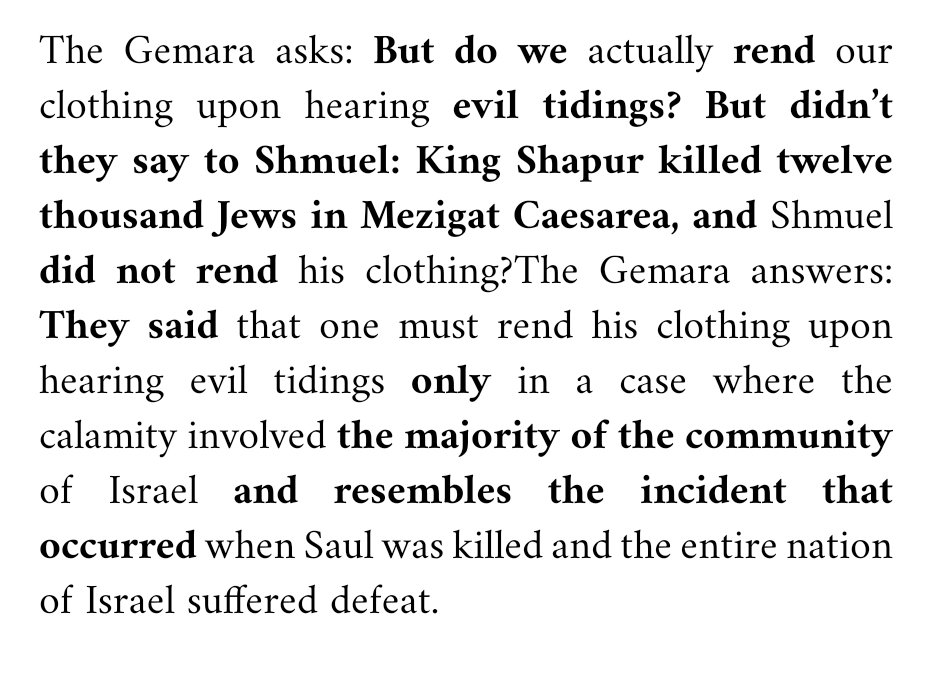Night 15 of #TurkeyJewishRoadtrip:
Adıyaman
I usually share a day post, but meeting with Metropolitan Gregorios Melki ÜREK of Adıyaman and conversing with him in Aramaic, deserves a special thread...
Adıyaman
I usually share a day post, but meeting with Metropolitan Gregorios Melki ÜREK of Adıyaman and conversing with him in Aramaic, deserves a special thread...

Metropolitan Gregorios looks over a small, dwindling community in the Adıyaman area - a community that is native to this region, as he explains "We are Arameans, we are from this region, so we speak, write and read in Aramaic. This is our home".
The Metropolitan and I walked around the streets of Adıyaman, he wearing his usual bright red clerical clothing, me wearing my Kipah, and it seems that everyone knows him "we love the people" he says, and they sure reciprocate in kind... 

"One should always feel free to express his religion and who he is anywhere he goes" he says "because freedom is not a human gift. It was given to us from our Creator".
It was a lovely evening with the Metropolitan, we drank tea, ate fruits, said Lehayim, spoke about what divides us and about what unites us - concern for continuity of our respective communities chief amongst them... 

"Seyidne" he is called by everyone in the neighborhood, mostly Syrian war refugees who settled close to his home. "Have always been respected here by everyone, even though we are so beey few here" he tells me as he explains the meaning behind the Mount Nemrut marble replicas... 

"May the Eternal protect you and we are sending peace and greetings to the Hebrews, the Jews, our brothers" he says in Aramaic before we part...
For me, to witness Aramaic as spoken language, to argue about the roots of specific words and expressions and singing Chad Gadya Dezabin Abba, with someone who actually understands the words was an unforgettable experience!
Leilio Nicho Boeina Loch! Good night in #Aramaic!
Leilio Nicho Boeina Loch! Good night in #Aramaic!
• • •
Missing some Tweet in this thread? You can try to
force a refresh























